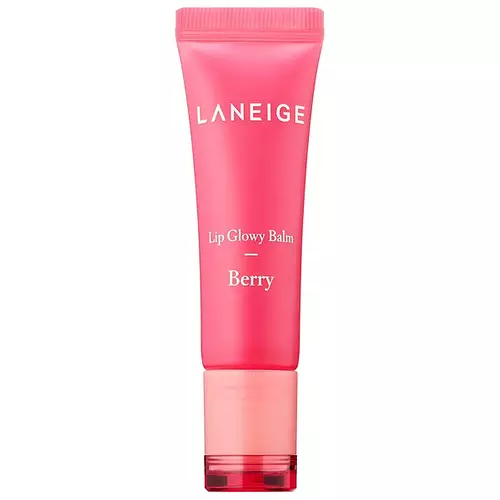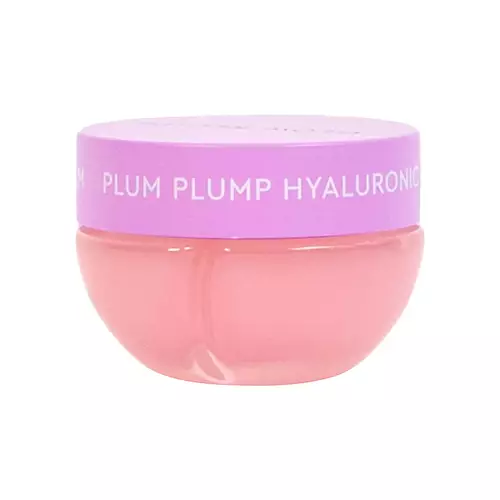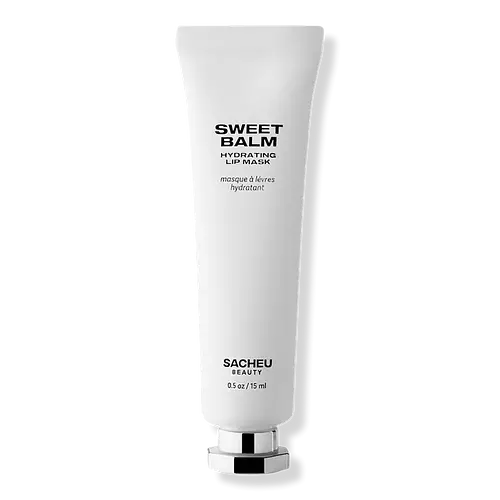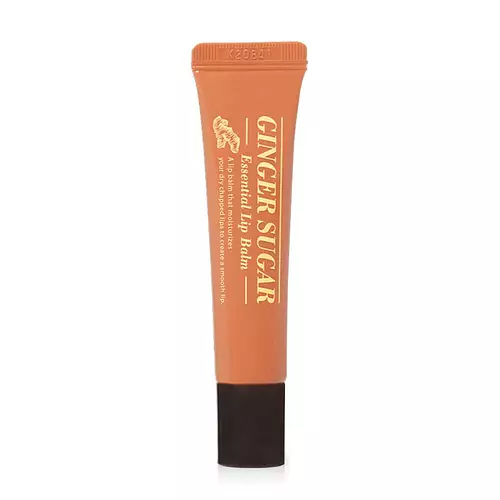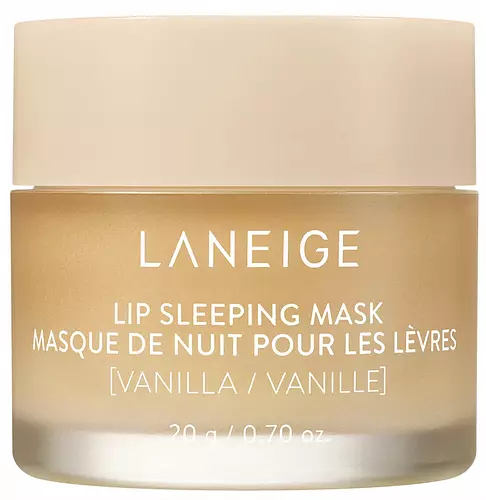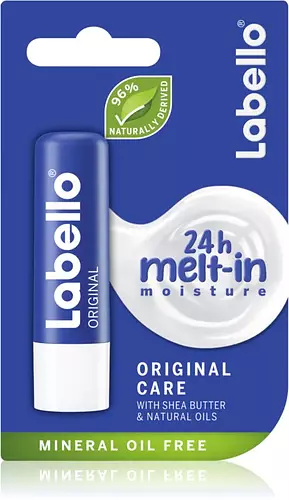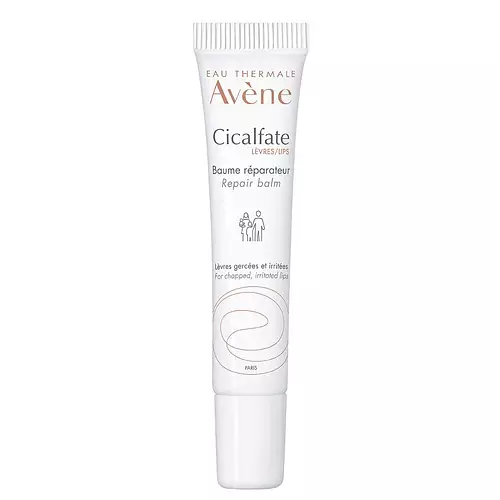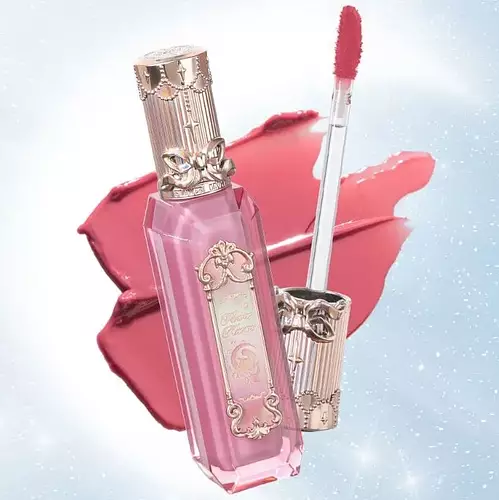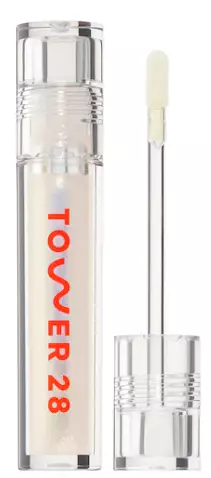Updated on December 11, 2023
Overview
What they are
These products are both reef safe lip moisturizers. They have a total of 11 ingredients in common
Cool Features
They both contain exfoliants
Suited For
They're both likely to be good for dry skin
Free From
They both do not contain any harsh alcohols, common allergens, oils, parabens or sulfates
We independently verify ingredients, and our claims are backed by peer-reviewed research. Spot a product that needs an update? Let us know.
Ingredient Info
Laneige Lip Glowy Balm 35 ingredients
Glow Recipe Plum Plump Hyaluronic Gloss Balm 27 ingredients
At a glance
Click on any of the items below to learn more
Laneige Lip Glowy Balm 35 ingredients
Glow Recipe Plum Plump Hyaluronic Gloss Balm 27 ingredients
Notable Ingredients
This product contains 1 ingredient that may have this attribute:
Benefits
This product contains 1 ingredient that may have this attribute:
Concerns
This product contains 2 ingredients that may have this attribute:
This product contains 1 ingredient that may have this attribute:
Notable Ingredients
This product contains 1 ingredient that may have this attribute:
This product contains 1 ingredient that may have this attribute:
This product contains 1 ingredient that may have this attribute:
Benefits
This product contains 2 ingredients that may have this attribute:
This product contains 1 ingredient that may have this attribute:
This product contains 1 ingredient that may have this attribute:
This product contains 2 ingredients that may have this attribute:
Concerns
This product contains 1 ingredient that may have this attribute:
This product contains 1 ingredient that may have this attribute:
Ingredients Side-by-side
Ingredients Explained
These ingredients are found in both products.
Ingredients higher up in an ingredient list are typically present in a larger amount.
Hydrogenated Polyisobutene is a synthetic polymer. Polymers are compounds with high molecular weight. Hydrogenated Polyisobutene is an emollient and texture enhancer.
In one study, Hydrogenated Polyisobutene showed better skin hydration levels than Caprylic/Capric Triglyceride. As an emollient, it helps keep your skin soft and hydrated by trapping moisture in.
Hydrogenated Polyisobutene is often used as a mineral oil replacement.
Learn more about Hydrogenated PolyisobuteneDiisostearyl Malate is an emollient and most often used in lip products. It comes from isostearyl alcohol, a fatty acid, and malic acid, an AHA.
As an emollient, Diisostearyl Malate helps create a thin film on your skin to trap moisture in. This helps keep your skin soft and smooth.
Polybutene is used to help control the viscosity of a product. This just means it helps adjusts the texture.
It is a polymer and does not get absorbed into the skin due to its large size.
Studies found this ingredient did not irritate skin in concentrations below 15%.
Learn more about PolybuteneSucrose Tetrastearate Triacetate isn't fungal acne safe.
Synthetic Wax is created from fossil fuels such as natural gas. It is used to enhance texture, adjust pH, and as an occlusive.
It may also be used as an abrasive ingredient to exfoliate the skin.
Synthetic Wax may not be fungal acne safe.
Learn more about Synthetic WaxWe don't have a description for Ethylene/Propylene/Styrene Copolymer.
Euphorbia Cerifera Cera is AKA as Candelilla wax. It is a natural emollient and helps give products a thick consistency.
This ingredient may not be Malassezia safe.
This wax comes from a shrub native to Mexico. Since it is a plant derived wax, it is considered vegan.
Learn more about Euphorbia Cerifera CeraWe don't have a description for Butylene/Ethylene/Styrene Copolymer.
Dehydroacetic Acid is fungicide and bactericide. It is used as a preservative in cosmetics. Preservatives help elongate the shelf life of a product.
Dehydroacetic Acid is not soluble in water.
This ingredient is a form of glycerin with emulsifying and emollient properties.
As an emulsifier, this ingredient helps keep products together while adding a thick texture. The manufacturer states this ingredient has emollient properties. Emollients help keep the skin hydrated by trapping moisture in.
Polyglyceryl-2 Triisostearate is created by reacting diglycerin and isostearic acid. Due to the isostearic acid base, it may not be safe for Malassezia or fungal acne.
Learn more about Polyglyceryl-2 TriisostearateWater. It's the most common cosmetic ingredient of all. You'll usually see it at the top of ingredient lists, meaning that it makes up the largest part of the product.
So why is it so popular? Water most often acts as a solvent - this means that it helps dissolve other ingredients into the formulation.
You'll also recognize water as that liquid we all need to stay alive. Talk about multi-purpose! If you see this, drink a glass of water. Stay hydrated!
Learn more about WaterIngredient Ratings
Here's what our community thinks of the ingredients in these two products.
When to use
Laneige Lip Glowy Balm 35 ingredients
Glow Recipe Plum Plump Hyaluronic Gloss Balm 27 ingredients


Reviews
Here's what our community thinks
Laneige Lip Glowy Balm 35 ingredients
Amperez168
I love the way my lips feel with this on. On a lazy day I put lip liner and just the flowy balm and I love it!
Glow Recipe Plum Plump Hyaluronic Gloss Balm 27 ingredients
Lapaki
The Gloss Balm from Glow Recipe is a standout for me. It’s packed not just with hyaluronic acid but also enriched with a variety of nourishing...
The Gloss Balm from Glow Recipe is a standout for me. It’s packed not just with hyaluronic acid but also enriched with a variety of nourishing ingredients. The result is plump and juicy lips. It has great short- and long-term plumping benefits. Applying it in a thicker layer works great for an overnight lip mask. It also delights with its subtle scent and a hint of sweetness in its taste. Plus, it is vegan, cruelty-free, and reef safe.
